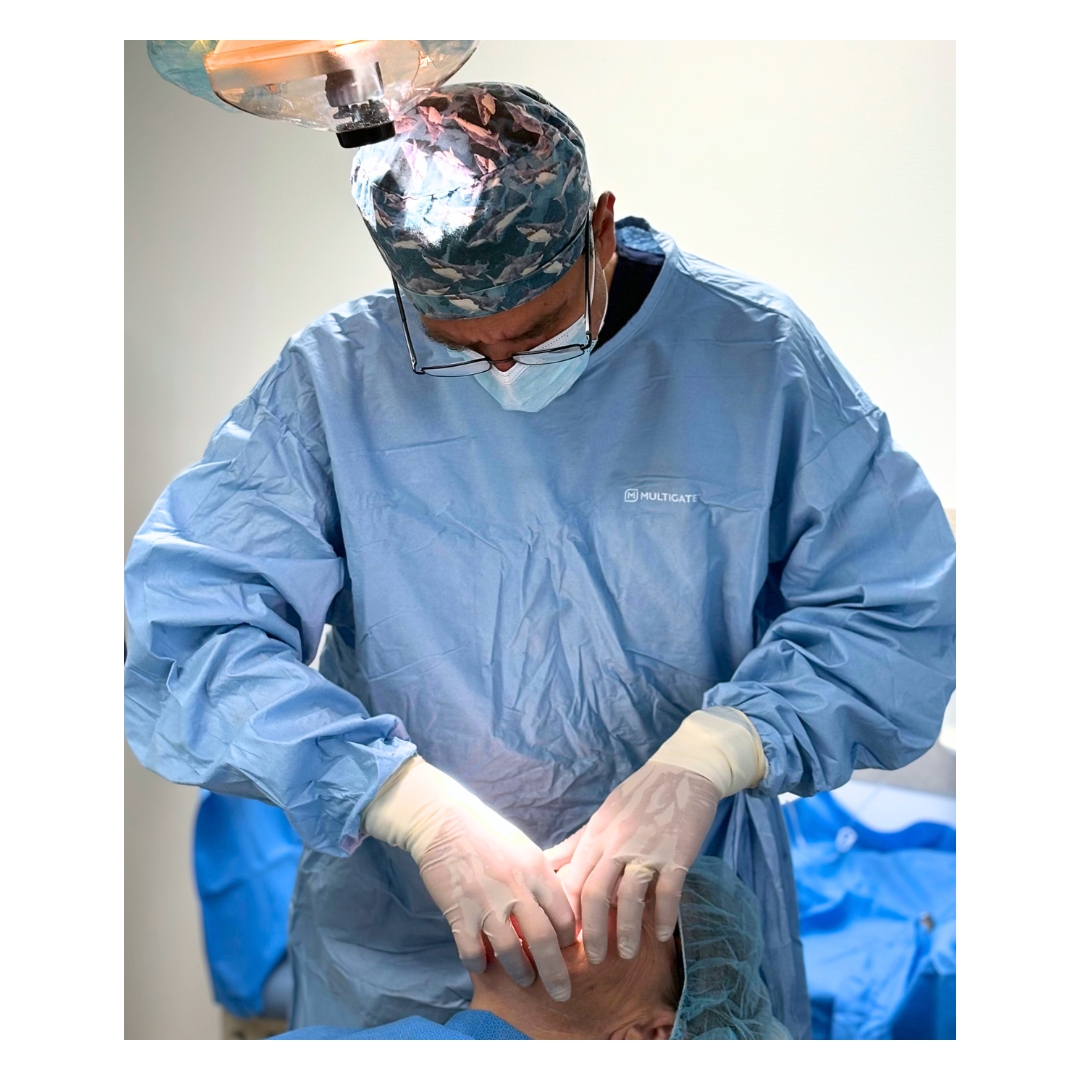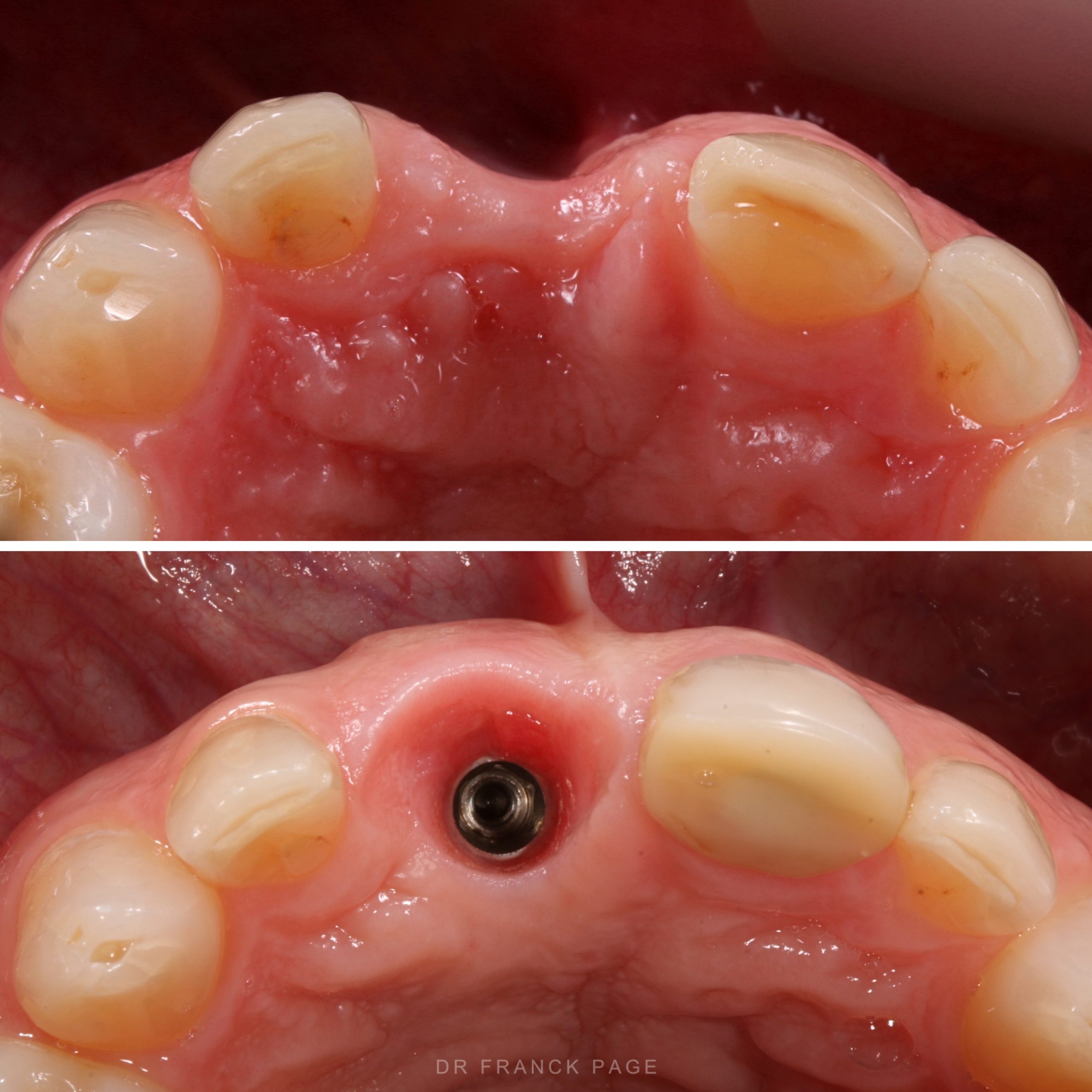Guided Tissue Regeneration
Guided Tissue Regeneration

Dr. Franck Page frequently utilizes Guided Tissue Regeneration techniques in implantology and restorative dental procedures.
These regenerative techniques not only improve the structural foundations in restorative dentistry but also aid in ensuring the best possible aesthetic outcomes can be achieved.
What is guided tissue regeneration?
Guided tissue regeneration consists of specialised techniques used to restore damaged or lost gum and soft tissues, periodontal tissues, and supporting bone.
These procedures are designed to promote the regeneration of healthy tissue and supporting foundations for dental restorations, as well as to help deliver highly aesthetic outcomes by allowing us to build or enhance soft tissue profiles.
Some of these techniques include:
- Connective tissue grafting
- Bone grafting /socket preservation
- Gum grafting
- Ridge augmentation
- Sinus augmentation/grafting
These procedures often involve the use of a collagen or polytetrafluoroethylene (PTFE) membrane. The membrane is placed between the bone and the soft tissues as part of the augmentation process. This acts as a physical barrier preventing the growth of unwanted tissues (such as scar tissue) whilst allowing the development of bone, gingiva, and periodontal ligaments as part of the tissue regeneration process.
Dr. Franck Page’s meticulous attention to detail and aesthetically driven treatment approach underpins his commitment to refining even the smallest aspects of care. By dedicating extra effort to cosmetically augment tissues alongside functional treatment planning, he ensures the delivery of nothing but the best possible outcomes for each patient.
At Dental Implants & Aesthetics, we adopt a comprehensive and collaborative approach to patient treatment planning. We develop customised treatment plans to deliver high-quality, long-lasting results that meet the unique needs of every individual.

Before and Afters
What to expect from
your first consult?
During your initial visit, our dental team will take x-rays and a 3D OPG scans to receive detailed insights into your case. Following your consultation, you will be given an itemised treatment plan to take home with you.






















